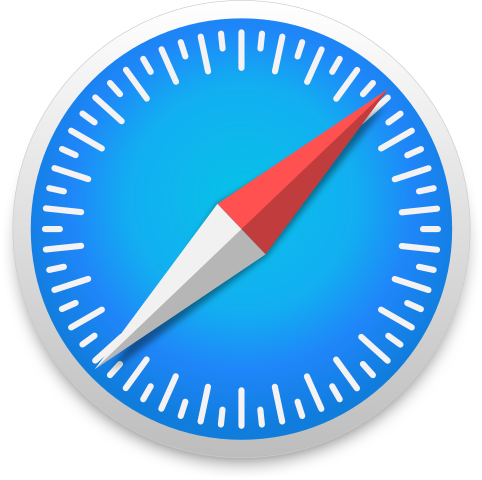Go offline with the Player FM app!
Double Eclipser
Manage episode 504757160 series 178791
The Moon will briefly cover up the tail of the sea-goat tonight – Deneb Algedi, the brightest star of Capricornus. The sequence will be visible across much of the United States.
This vanishing act is an occultation – a type of eclipse in which one object completely covers another. But eclipses are nothing new for Deneb Algedi. Not only does it periodically get covered up by the Moon, but it stages its own eclipses – two of them every day.
What we see as Deneb Algedi is a binary – two stars in a tight orbit around each other. The main star in the system is about twice as big and heavy as the Sun, and much brighter. Its companion is a little smaller and fainter than the Sun.
We’re looking at the system edge-on, so the stars pass in front of each other – creating eclipses. When the fainter star crosses in front of the brighter one, the system’s overall brightness drops by about 20 percent – enough for a skilled skywatcher to notice. But when the brighter star eclipses the fainter one, the dip is much smaller, so it’s detectable mainly with instruments.
The stars orbit each other once a day. That means we see two eclipses per day – just 12 hours apart.
Deneb Algedi isn’t especially bright, so it’s hard to see through the bright moonlight. But binoculars will help you pick it out. From much of the western U.S., the Moon will just miss the eclipse-happy tail of the sea-goat.
Script by Damond Benningfield
2985 episodes
Manage episode 504757160 series 178791
The Moon will briefly cover up the tail of the sea-goat tonight – Deneb Algedi, the brightest star of Capricornus. The sequence will be visible across much of the United States.
This vanishing act is an occultation – a type of eclipse in which one object completely covers another. But eclipses are nothing new for Deneb Algedi. Not only does it periodically get covered up by the Moon, but it stages its own eclipses – two of them every day.
What we see as Deneb Algedi is a binary – two stars in a tight orbit around each other. The main star in the system is about twice as big and heavy as the Sun, and much brighter. Its companion is a little smaller and fainter than the Sun.
We’re looking at the system edge-on, so the stars pass in front of each other – creating eclipses. When the fainter star crosses in front of the brighter one, the system’s overall brightness drops by about 20 percent – enough for a skilled skywatcher to notice. But when the brighter star eclipses the fainter one, the dip is much smaller, so it’s detectable mainly with instruments.
The stars orbit each other once a day. That means we see two eclipses per day – just 12 hours apart.
Deneb Algedi isn’t especially bright, so it’s hard to see through the bright moonlight. But binoculars will help you pick it out. From much of the western U.S., the Moon will just miss the eclipse-happy tail of the sea-goat.
Script by Damond Benningfield
2985 episodes
All episodes
×Welcome to Player FM!
Player FM is scanning the web for high-quality podcasts for you to enjoy right now. It's the best podcast app and works on Android, iPhone, and the web. Signup to sync subscriptions across devices.




